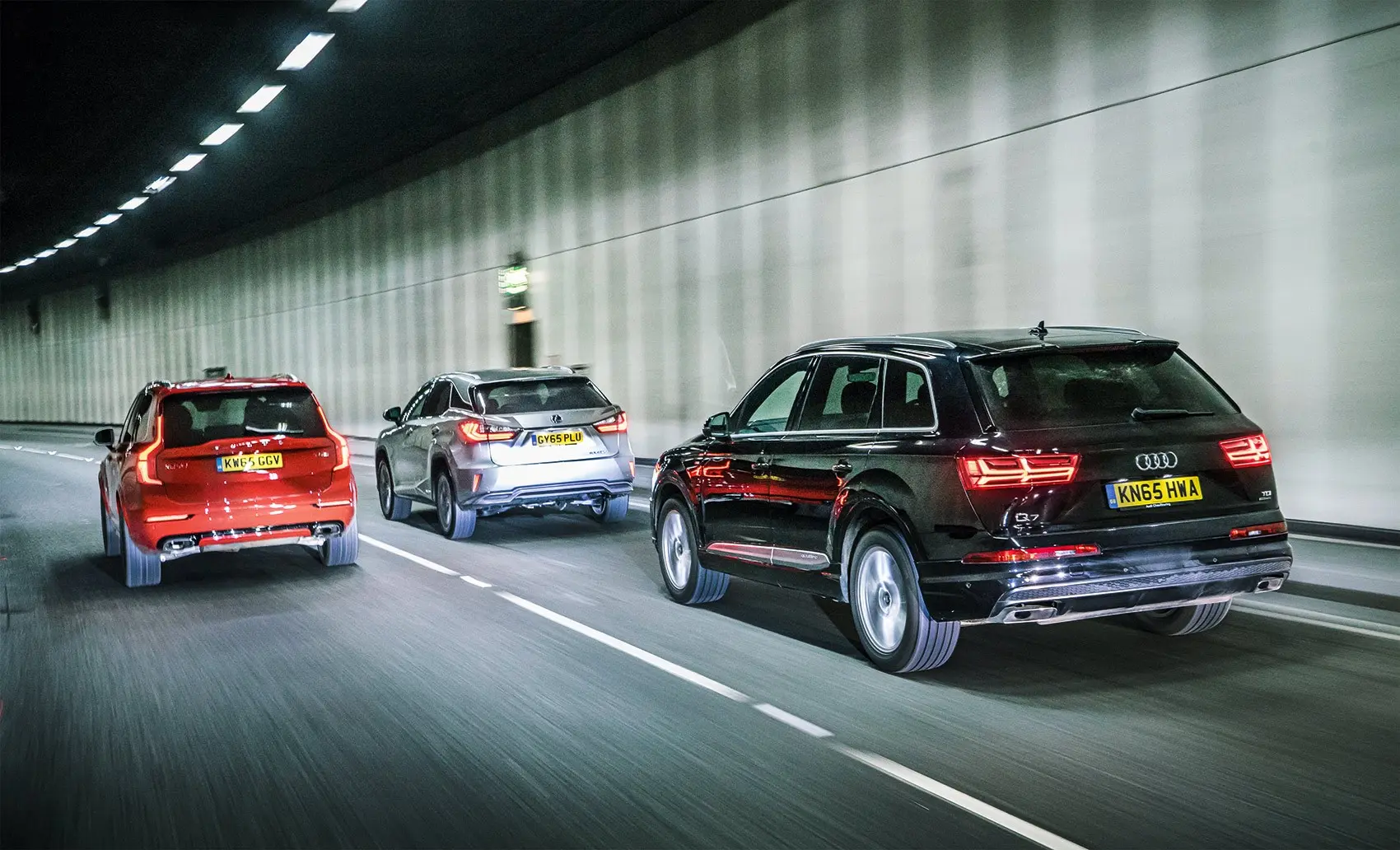The US experienced significant improvements in fuel efficiency last year, yet it still falls short of the targets set to meet looming deadlines.
Due to a strong preference for large vehicles, American automakers are trailing their international competitors when it comes to improving miles per gallon.
According to the EPA, real-world fuel economy for model year 2022 saw a modest increase to 26 miles per gallon.
This marks a 0.6 mpg rise compared to the previous year, which the EPA notes is “more than double the annual rate of improvement in fuel economy” observed over the past nine years.
Despite celebrating this incremental progress, the EPA acknowledges there remains a considerable gap to achieve the fuel efficiency targets set by the US. By 2026, the average vehicle fuel economy is expected to reach 49 miles per gallon.
The National Highway Traffic Safety Administration (NHTSA) finalized this rule in 2022, and earlier this year, proposed even more stringent standards for cars produced between 2027 and 2032.
The gap between current fuel efficiency and the 49 mpg target seems vast, but it’s important to note that tracking progress isn’t as simple as comparing the goals with the data provided in the EPA’s report.
The data on real-world fuel economy, which the EPA assessed, typically shows lower numbers than the compliance data used in NHTSA’s regulations.
The real-world data is derived from lab tests that better replicate road conditions and driving behaviors, often yielding results about 25 percent lower than the official compliance figures, according to Dan Becker, director of the Safe Climate Transport Campaign at the Center for Biological Diversity.
Taking this discrepancy into account, automakers must make significant strides to meet the 49 mpg target in just a few years. Fuel efficiency needs to increase by 8 percent annually for model years 2024–2025 to align with that goal.
American car manufacturers, excluding Tesla, will face an even greater challenge, as they lag behind their foreign counterparts.
In 2022, the average fuel economy for Ford, General Motors, and Stellantis (parent company of Jeep and Dodge) ranged from 21 mpg to 23 mpg. In contrast, foreign automakers like Hyundai and Honda lead the pack, achieving around 29 mpg.

A table from the EPA’s Automotive Trends Report highlights the changes in estimated real-world fuel economy and carbon dioxide emissions for major manufacturers from 2017 to 2022.
Several factors contribute to this disparity, with the increasing popularity of trucks and SUVs pulling down the fuel efficiency of American-made vehicles. This trend also has broader health and environmental consequences.
Larger vehicles consume more fuel than smaller cars, which leads to higher levels of tailpipe pollution, worsening air quality, and contributing to climate change. Larger electric vehicles are also problematic, as their increased size results in more particle pollution from road wear and tire friction.
Fortunately, the emission rate for carbon dioxide from new vehicles dropped by 3 percent to a record low last year, according to the EPA. However, the rise in truck and SUV sales has somewhat undermined this progress.
“The long-term trend away from sedans/wagons and towards vehicle types with lower fuel economy and higher CO2 emissions has offset some of the fleetwide benefits that otherwise would have been achieved from the improvements within each vehicle type,” the EPA report states.
Dan Becker criticizes American automakers for their shortsighted approach, stating, “They would rather continue to sell gas guzzlers, which they have been making money on, than switch to advanced technology vehicles, which are the future.”
In addition to producing electric vehicles, Becker points out that companies have been slow to adopt other fuel-saving technologies.
For example, turbochargers, which can improve fuel efficiency by utilizing waste heat, were incorporated into only 37 percent of large manufacturers’ 2022 model-year vehicles.
Luxury automakers led the way, with nearly all of BMW’s vehicles and 90 percent of Mercedes’ 2022 fleet featuring turbocharging. Stellantis had the lowest adoption rate, at just 13 percent.
Becker emphasizes that “all the auto companies have the technology to do this,” adding, “This is auto mechanics, not rocket science.”

